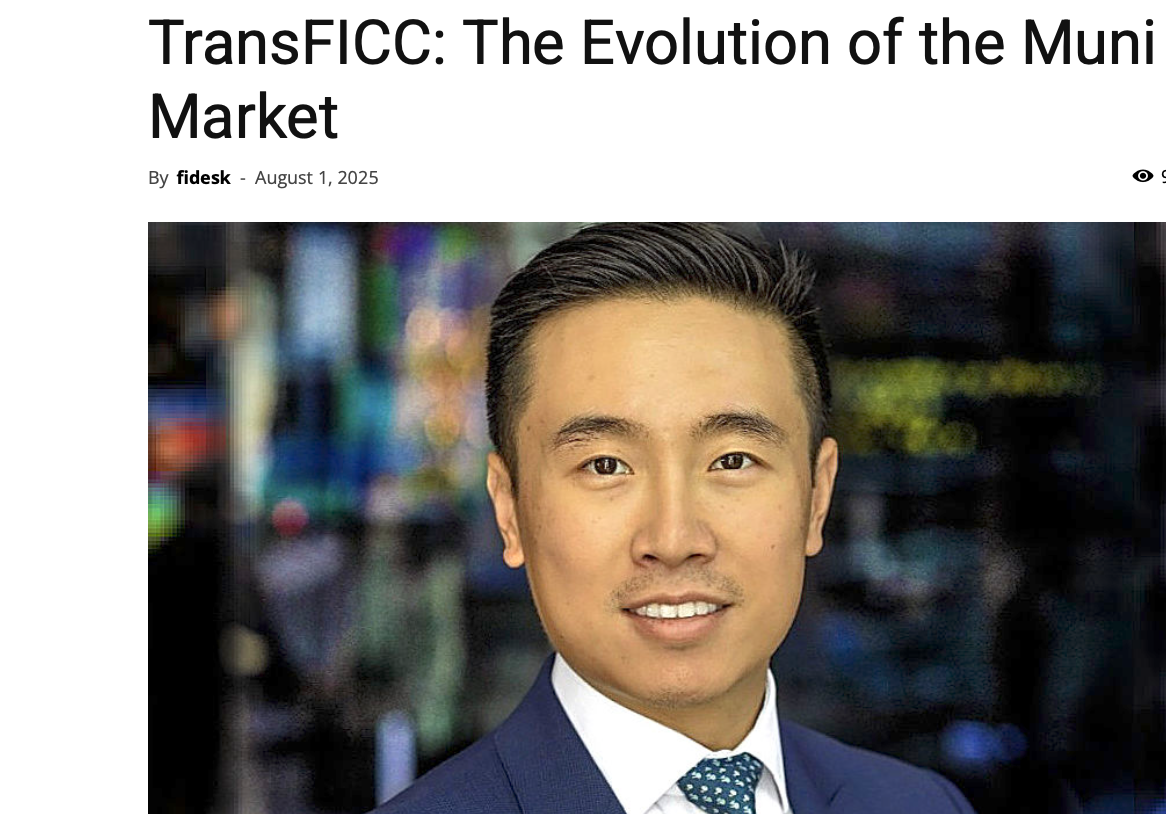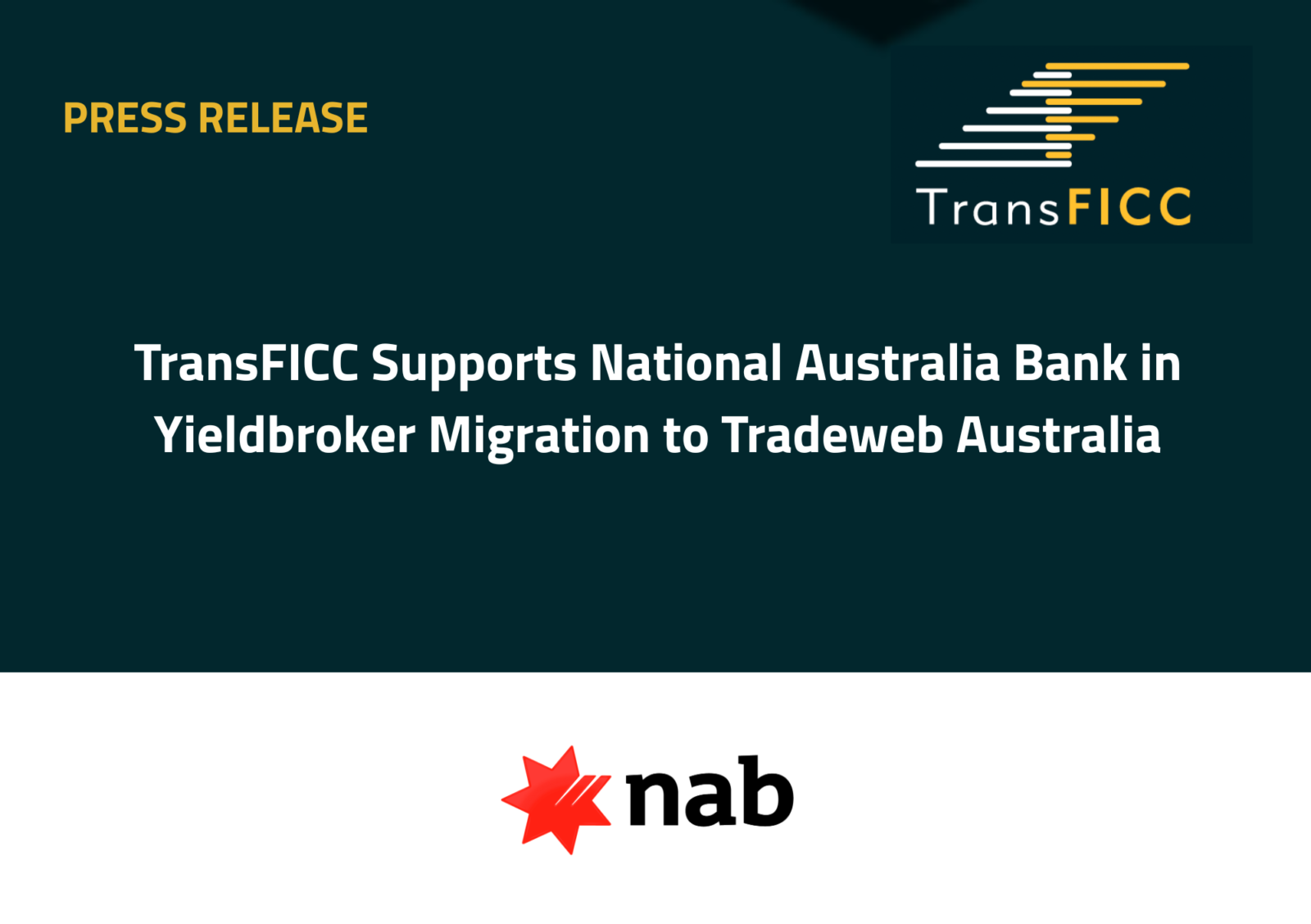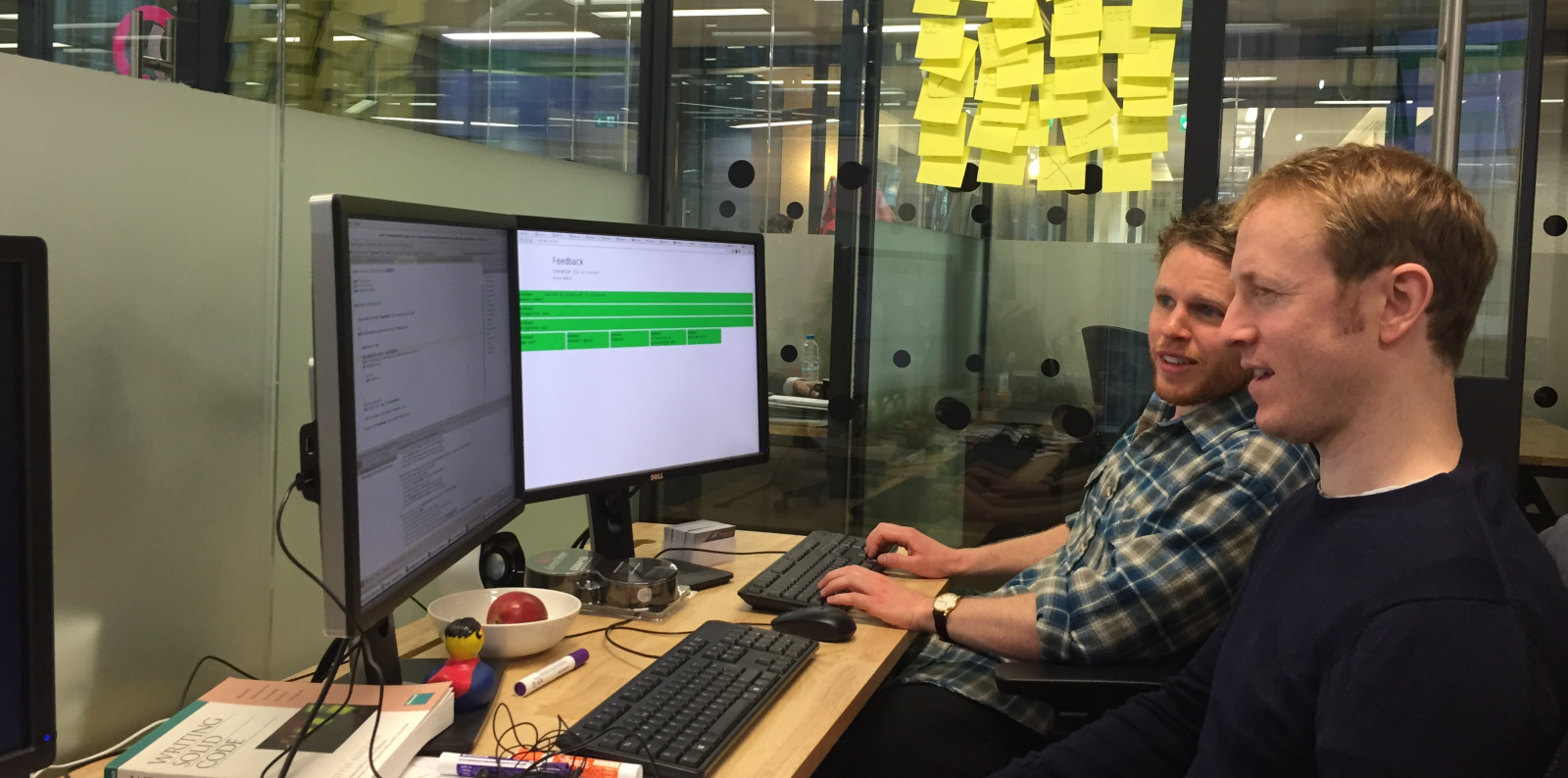Portfolio Trading: Service or Sinkhole?
Portfolio trading is no longer niche, it has become central to Fixed Income. For some dealers it provides flow, for others it consumes capital and time.
- This first article on Portfolio Trading looks at the dealer and PTF community: incentives, P&L politics, technical hurdles
- It also introduces a new acronym, SILP (Significantly Important Liquidity Provider).
- The next article will focus on the buy-side and the trade off between efficiency and alpha.
What is a Portfolio Trade? A Portfolio Trade bundles multiple bonds into a single negotiated execution (BUY or SELL) with one counterparty at the same time, rather than trading each line separately. In short:
|
Portfolio Trading (PT) has grown from a niche protocol into a central feature of Fixed Income. It came of age during COVID, when speed and certainty mattered most. Banks poured money into infrastructure, betting it would lock in client flow. Venues like Tradeweb, MarketAxess, and Bloomberg rushed to add their own analytical tools and PT pipes. The results are mixed: some clients love the convenience, some dealers tolerate it, only a few profit from it. For the others PT looks less like a service and more like a sinkhole.
This edition of Fixed Income Perspectives is the first of two on the topic.
- This one focuses on the liquidity provision side of the equation.
- The follow up will look at the protocol from the liquidity takers’ point of view.
Protocol awareness and usage are not universal.
The regional banks I have spoken with are sometimes ambivalent about PT. Some are downright ignorant. A rates trader at large North European bank admitted he had never even heard of it. He asked me if it was like a “Bids-” or “Offers Wanted” function on Bloomberg.
Books, P&L, and Incentives
Who profits when a PT is on the books?
The demarcation of books is not just accounting trivia. It shapes incentives. Some desks split flow trading, algo trading, and PT into separate books, while others try to run everything through one structure. If a PT spans multiple books, how P&L is divided can quickly turn political. Who gets the credit when a PT touches both credit and rates? Whose budget takes the hit when it bleeds?
This is also where dealer statistics deserve a closer look.
Hit ratios are a marketing battleground! Dealers measure success by how many requests turn into trades. If large-volume PT fills pad the numbers, they flatter performance to the detriment of bread-and-butter underlying client flows behavior. A bank can tag PTs separately towards one audience; while quietly letting it roll into the stats to bolster volume when pitching towards another.
The devil can be in the details, and this has us zoom into the individual instrument identifiers. Why? This will allow us to ascertain if a certain bond can be identified by its parent’s geographical origin… or will it?
ISINs are 12-character identifiers for Fixed Income securities. Most begin with the issuer’s country code (FR for France, IT for Italy, DE for Germany, etc.). The prefix XS, by contrast, denotes securities cleared through pan-European systems such as Euroclear or Clearstream and is not a country code in the traditional sense. Many XS securities are listed in Luxembourg, including Ørsted’s €750 million 5.125% subordinated green bond due 3024. Despite the Luxembourg listing, the issuer is clearly Danish.
Regional banks often specialize in home-market credits, providing consistent liquidity and strong hit ratios. Yet their strength is not visible on the top-line in MTF statistics, since nationality tags obscure local expertise. A bond like Ørsted’s may look Luxembourgish, but the real liquidity stems from Nordic market makers in the name, a role not espoused by Banque et Caisse d´Epargne de l´Etat, Luxembourg.
This XS- prefix and listing country tags are massaged and shown as dealers see fit. The data classification by asset class make claims such as “Bank X is strong in Nordic bonds” meaningful only when end-investor flows are aligned with the dealers supporting them not the bonds themselves.
By contrast, Tier 0 and Tier 1 banks operate with a fair amount of geographical agnosticism and market their global reach as a competitive edge. Smaller players that want to compete face costly choices: expand headcount, broaden inventory, commit more balance sheet, and show up across venues. That is a strategic leap.
“Portfolio trading is the domain of the largest banks and firms like Jane Street with balance sheet and ETF firepower. For smaller players, survival depends on anticipating market turns and positioning ahead of client flows. You have to be able to be contrary in the face of volatility.” Senior Credit Trader at a European investment bank |
In short: Hit ratios look healthy when PT fills are folded into the stats. It flatters performance but disguises true client behavior. For management, it looks like growth; for traders, it becomes a KPI that can reward volume over judgment depending on where you are on the food chain.
One nascent alternative is outsourced trading. Trading as a Service (TaaS) is gaining traction as a way for banks to extend liquidity provision without the overhead of running a full traditional desk. This will be a topic of a future Fixed Income Perspectives.
Subsidization is part of the game.
Senior management often tolerate PT as a loss-leader, justified by the hope of winning bond mandates or other form of ancillary business. Some traders receive budget credit or qualitative thanks (like Billy here) rather than hard P&L. That may keep desks “motivated”, but it does little to change the economic reality. When the cost of capital is high and the margins on PT are thin, the question lingers: how long can this be justified?

Once a PT is filled, the warehousing risk falls squarely on the dealer. Big banks can lean on balance sheet flexibility, but regional houses quickly run into capital and risk limits. Every extra day the paper sits, the cost rises.
Two small operational flashpoints, grit in the machine, stand out:
- Short coverage: if a bond already sits short, automated netting can create surprises unless watched closely.
- Odd lots: PTs often generate sub-one million scraps that repo desks refuse to touch.
Traders are left scrambling to recycle leftovers that deliver no reward. These frictions show why PT risk rarely matches the advertised margins. These tasks are often manual and a suboptimal use of a trader’s time.
Manual Workflows and Compliance Burden
For many traders, the real pain of PT isn’t risk, it’s paperwork. Each trade spawns a compliance cascade: proof of best execution, timestamps, reconciliations, and endless audit trails. Instead of trading, desks end up feeding data into pipes.
As one senior credit trader put it: “If I wanted to spend my day copy-pasting from Excel, I’d have stayed in the analyst team.”
Manual workflows make it worse. Pricing is done in one system, booking in another, reporting in a third. Exceptions live in email chains until they explode into incident reports. The burden falls heaviest on regional players, who lack the compliance and programmer armies of bulge brackets.
There is no standard, and different venues support PT in different ways. Tech solutions need to be optimized for different platforms. Think something along the lines of: some liquidity providers have to price EVERYTHING, whereas others have to price only some of the trades.
The irony is that technology can fix most of this. Smarter automation and better data integration are already available. Decision makers need to know that these tools exist, but it’s hard to get facetime with them.
Responsibility for the budgeting and disbursement of funds to solve these issues can vary from quarter to quarter, from operations to trading and back again. They depend upon the big strategic middle management PowerPoint presentations that are the flavor of the day according to market conditions, Oliver Wyman rankings, team performance figures, etc.
Venue Choices and Information Leakage
The real leakage in PT begins after the print. Losing dealers know which bonds are likely to surface in the market and can adjust positions accordingly. The winner ends up warehousing risk at spreads that rarely match the glossy pitchbook.
Venues add another squeeze. They deliver structure and regulatory comfort, but their fees eat into margins that are already paper-thin. One senior credit trader at a US investment bank admitted she deliberately shows weaker pricing on certain venues. Once the client pings her on an IB chat, she can “improve her price”- a proud display of client-centric magnanimity that is, in reality, just avoiding venue tolls.
Leakage hurts clients and dealers alike. Traders want to quote competitively, but not if they know the outcome will be used against them in the unwind. PT only works when risk and reward are balanced. In addition, the more central the venues become, the more single points of dependency emerge.
Despite all the technological advances, without trust, liquidity is nothing more than numbers on a screen.
The Market Today and What Can Be Done Tomorrow
The market today looks quite different than it did just five years ago. Proprietary trading firms and principal market-makers have arrived with full force. Jane Street, Citadel, Flow Traders and Hudson River Trading are not just trading, they are competing directly with the bulge brackets. They have built technology stacks designed for scale, hedging PTs with ETFs, recycling risk across venues, and trading their own capital without the regulatory buffers that weigh on banks.
They don’t necessarily need to hedge with ETFs either, the roll-out of credit futures provide another brick in the hedging stack.
"End-of-day sweeps, increasingly common across the market, make odd-lot trading more manageable for dealers.... As liquidity providers, we must be consistent in what we price so counterparties know what we can and can’t deliver. That stability is how we differentiate ourselves in the market." Jasper Jansen, Head of Fixed Income Trading, Flow Traders |
Jane Street’s recent quarterly trading revenues of over ten billion dollars, surpassing JPMorgan and Goldman Sachs, are not an outlier. They are a signal. Liquidity is no longer the exclusive purview of regulated banks. These are not SIFIs, they are SILPs: Significantly Important Liquidity Providers. They have turned ETF plumbing and algorithmic pricing into a competitive weapon, reshaping fixed income liquidity provision in the process.
What is left for the banks?
Global houses still have reach, balance sheet, and client franchises. Yet PT has shown how quickly the economics can erode once fees, capital charges, and warehousing costs are accounted for.
One answer is to stop pretending each firm can go it alone. (This is my Scandinavian side coming out) Call it Portfolio Trading 2.0: a consortium model where regional banks pool their strengths. Each member contributes where it is strongest: local covered bonds, Italian credits, Scandinavian names, supranationals… and the client sees a unified price with no overlap.
Risk and fees are split according to pre-agreed rules: by line item, by weighting, or perhaps with a little extra for the unlucky winner of the wooden spoon bond that nobody wanted. (There’s always at least one dog on these lists.)
The hurdles are not insignificant: antitrust concerns, neutral technology pipes, clear governance, and ironclad confidentiality would all be needed. Yet none of these are insurmountable. Syndicated bond issues already show that banks can coordinate (albeit somewhat grudgingly) when the prize (read fees) is worth it. A PT consortium would take that logic one step further into the secondary market.
By cooperating, regional and national players could offer clients sharper PT pricing without burning balance sheet in unfamiliar corners of the market outside of their bailiwick. They would prove that banks can still deliver unique value: regional depth, local relationships, and accountability.
What’s next?
The next issue of Fixed Income Perspectives piece will flip the mirror and ask the buy-side what PT really delivers: alpha, efficiency, or just another layer of cost.
Portfolio trading will not vanish. It will evolve. The winners will be those who quote with conviction, recycle risk efficiently, and deliver trust as much as price. Some of those winners will be SILPs with their liquidity trees and ETF hedges. Alternatively, smaller banks with a portion of outsourced trading could bridge the game. And yes, even regional consortia could show the cooperation is not just possible, but profitable.
The course for the sell side is
- adapt,
- innovate, and
- cooperate,
or watch the SILPs write the next chapter without you.
Brett Chappell 2025
Share


















